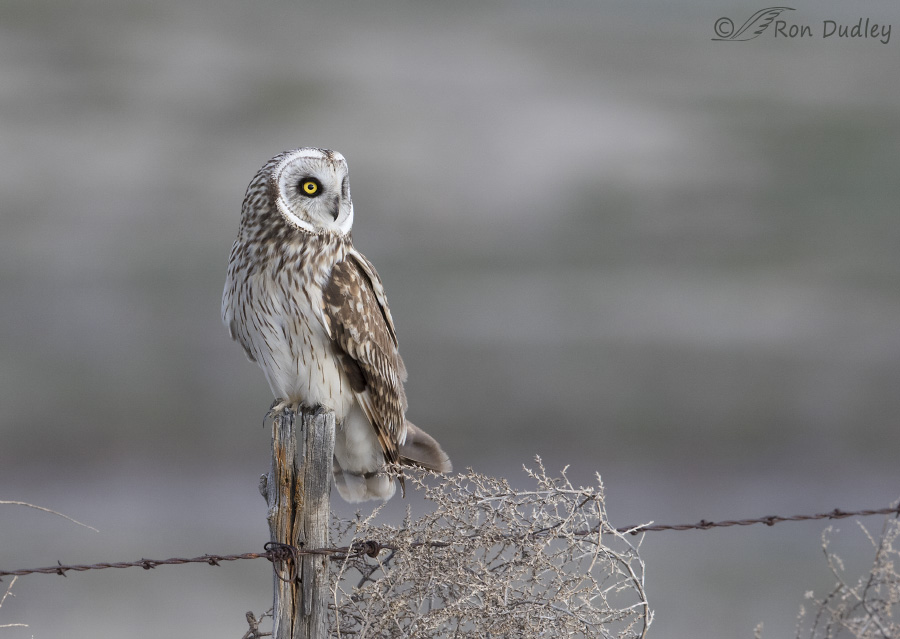Tag: cool light
Warm vs Cool Light – Minutes Matter
Color temperature (white balance) can make a big difference in photography and nature photography is certainly no exception. I seldom manipulate white balance during processing and never do it if I’m confident that my camera has rendered the image to look like it did in the field. 1/000, f/7.1, ISO 640, 500 f/4, 1.4 tc, natural light, not set up or called in The natural colors of the Loggerhead Shrike are gray, black and white but those colors are affected by the temperature of the light. I photographed this bird on November 26, 2012 at 7:56 am, very soon after the sun had come up over the Wasatch Mountains. Notice the warm, golden tones on the grays and the whites of the bird, and on the perch. They can even be seen in the almost black beak. 1/000, f/7.1, ISO 640, 500 f/4, 1.4 tc, natural light, not set up or called in Just 20 minutes later, at 8:16 am, I photographed this shrike on a different perch. By then the sun was higher in the sky and the light was filtered through relatively thin clouds. I think the difference in color tone of the two images is dramatic. Even though nature photographers often prefer warmer colors in their images I’m not suggesting that either warmer or cooler colors are necessarily “better” than the other. I’m only saying that they can have a huge overall effect on the image. And that mere minutes matter. Ron
Shrikes And A Lesson For Me In Light
Birds on Antelope Island have been few and far between lately and yesterday was no exception. But a couple of Loggerhead Shrikes saved my morning and taught me yet another lesson in light. 1/1000, f/7.1, ISO 640, 500 f/4, 1.4 tc, natural light, not baited, set up or called in It was mostly cloudy on the island when we got there just as the sun was coming up over the mountains but there was a crack in those clouds that provided some very warm light for a few minutes just as we found this cooperative shrike. The golden light provides colors to the bird and perch – an effect that I like, especially with the dark storm clouds in the background. 1/500, f/7.1, ISO 640, 500 f/4, 1.4 tc, natural light, not baited, set up or called in I was only able to get off a few shots before the shrike flew to another perch, which gave me side light on the bird. This is a tricky lighting situation. When the bird was facing left into the sun the bright whites on the breast and neck “blew out” (too bright with no detail) and the shadows on the back of the shrike were too dark. But when it turned to its right and looked over its shoulder at me the exposure worked much better. The problem with this pose was getting both light in the eye and good eye contact. This image was one of the few that worked. I like the contrasting cool and warm tones on the shrike….


